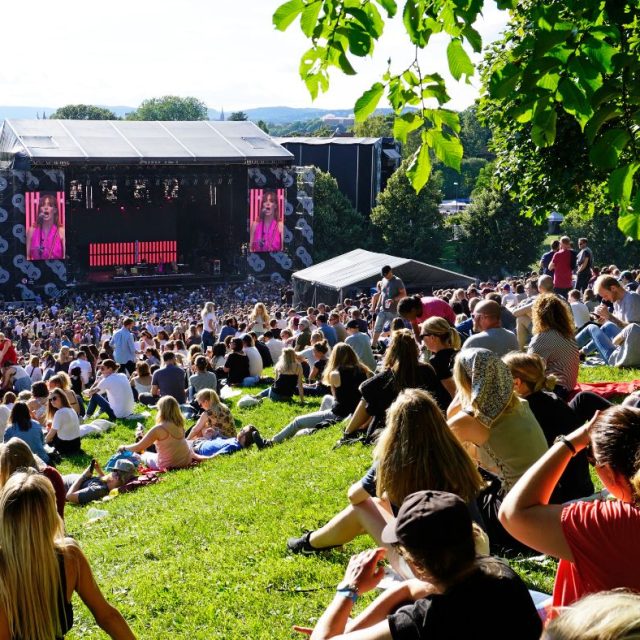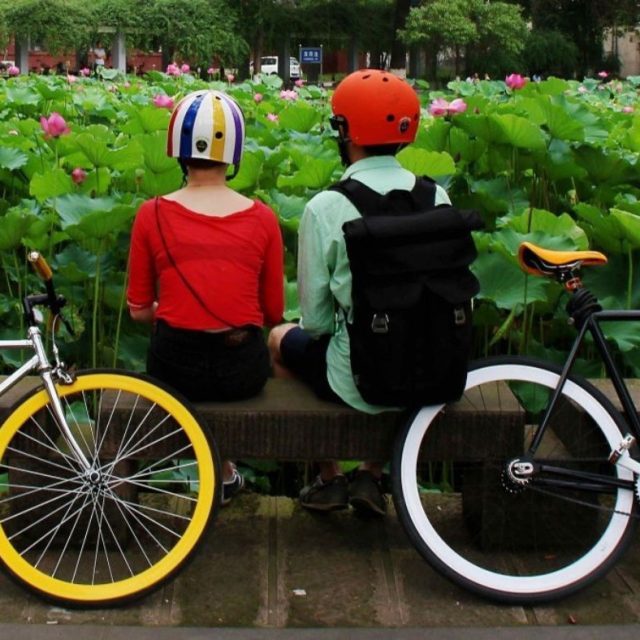From traffic jams to tranquil walkways: Oslo’s blueprint for sustainable urban living
Project: transforming the city centre into a car free zone

The Purpose
An increasing number of people believe that the cities of the future should prioritise people over cars. Oslo shares this view, aiming to cut carbon emissions across the city in response to the climate emergency. To achieve this, since 2016, Oslo has been implementing the Car-Free Liveability Programme. The purpose of this program is to gradually remove car traffic from Oslo’s historic centre and replace it with pedestrianised areas and leisure infrastructure.
The Challenge
The challenge is the need to reduce carbon emissions and create a more liveable, sustainable urban environment. This involves transforming the urban landscape from car-centric to people-centric while responding to the climate crisis.
The first six years of the project have transformed the city centre into a place adapted to the needs of a variety of people, rather than prioritising a single form of transport.

The Solution
The project draws inspiration from a survey, which asked citizens what would encourage them to use the city centre more often. The responses included pedestrianised streets, more green spaces, plants, benches, playgrounds, better maintenance and quality of streets and squares, greater availability of cycle lanes, and attractive shops and food outlets. The subsequent pedestrianisation project has been gradual, expanding car-free areas over several years with careful planning and negotiation with stakeholders. An expanding network of pedestrian streets has been created, providing space for relaxation and play, as well as accommodating mobility needs. The most recent addition is the ‘Living Streets’ scheme, which will apply to the entire city, offering residents the benefits of reduced traffic and car parking in their neighbourhoods.
The Impact
The first six years of the project have transformed the city centre into a place adapted to the needs of a variety of people, rather than prioritising a single form of transport. This transformation has created a vibrant, safer environment with increased room for commerce, social interaction and the enjoyment of Oslo’s rich cultural life. It also contributes to addressing the climate emergency by reducing carbon emissions across the city.
Source: World Cities Culture Report 2022
Images Courtesy © City of Oslo




